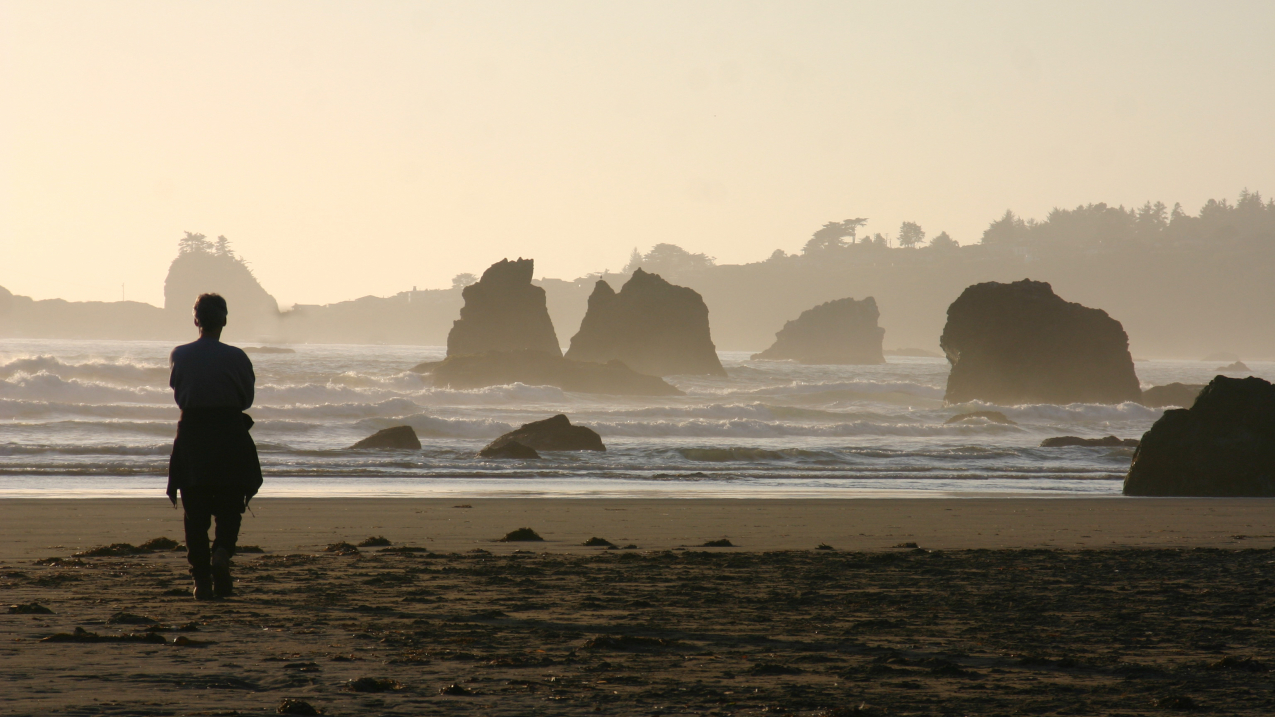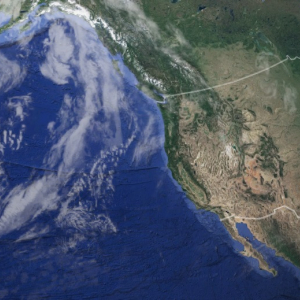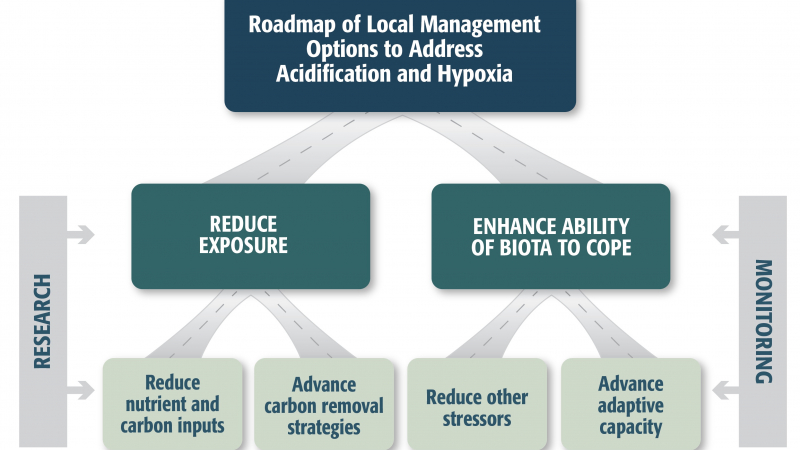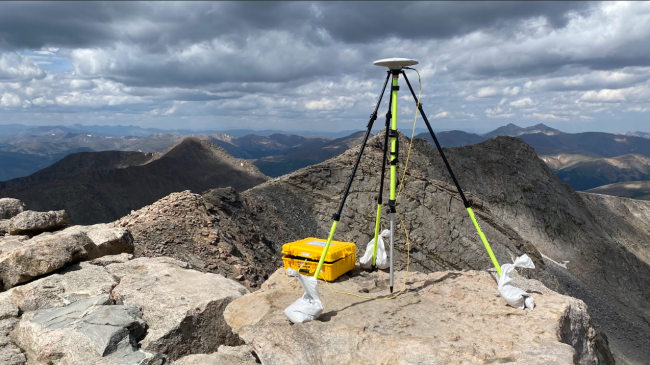New action plan will help coastal businesses boost resilience to future changes
Rising levels of acidity in the ocean and growing areas of low-oxygen waters are a “double whammy” threat to fishing industries, ecosystems and economies along the U.S. West Coast and Canada’s British Columbia, according to new report by a panel of experts that includes NOAA scientists.

Rising levels of acidity in the ocean and growing areas of low-oxygen waters are a “double whammy” threat for fishing industries, ecosystems and economies along the U.S. West Coast. (Image credit: Bureau of Land Management)
The study, conducted by the 20-member West Coast Ocean Acidification and Hypoxia Science Panel, also comes with an action plan that will help coastal communities lessen their exposure to these twin challenges and boost their resilience to future changes.
According to the panel, ocean acidification is already affecting the region’s oyster hatcheries and the ability of tiny sea snails – an important food for salmon and herring – to build and maintain their shells. As ocean acidification intensifies due to increasing carbon dioxide emissions, a range of shellfish industries producing oysters, mussels, and crabs might be subject to significant economic losses.
Making matters worse, warming waters and nutrient runoff from land are resulting in more occurrences of low dissolved oxygen (hypoxia) that kill fish or force them to other places.

“The sea changes we’re seeing on the West Coast are not isolated. Other coastal areas across the nation and world are experiencing first-hand the local consequences of global climate change,” said NOAA Chief Scientist Rick Spinrad. “I applaud this bi-national panel’s commitment to work across state and national boundaries to help our fishing industries — and the communities that rely on them — become more resilient.”
The panel was convened by the California Ocean Science Trust offsite link in 2013 at the request of the California Ocean Protection Council. California, Oregon, Washington and British Columbia charged the panel with summarizing the state of knowledge and recommending ways to reduce ocean acidification and hypoxia.
Some of the actions in the plan include strategies to reduce carbon dioxide in water by protecting and restoring seagrass beds, kelp forests and other plants that take up carbon dioxide and reducing land-based runoff that degrades coastal waters, contributing to hypoxia. The panel also recommends establishing ocean acidification and hypoxia research priorities that will better equip communities facing these harmful ocean changes.

Richard Feely, oceanographer at NOAA’s Pacific Marine Environmental Laboratory, and Waldo Wakefield, research fisheries biologist at NOAA’s Northeast Fisheries Science Center, brought their expertise to the panel. More: Read the panel’s report and recommendations offsite link.


